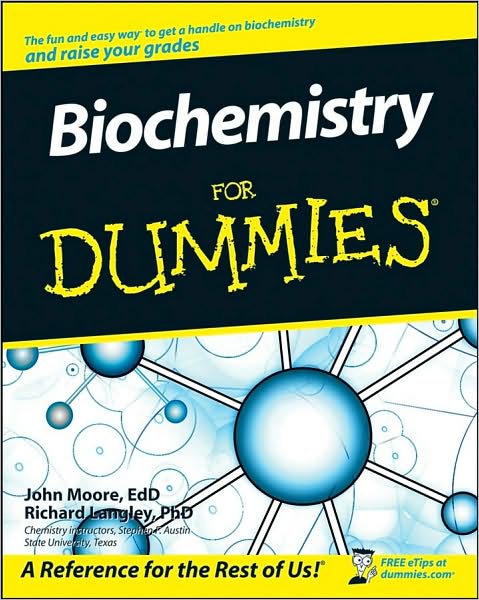Etymology: Middle English knowlege, from knowlechen to acknowledge, irregular from knowen
Date: 14th century 1 obsolete : COGNIZANCE 2 a (1) : the fact or condition of knowing something with familiarity gained through experience or association (2) : acquaintance with or understanding of a science, art, or technique b (1) : the fact or condition of being aware of something (2) : the range of one's information or understanding
Excerpt from http://www.merriam-webster.com/dictionary/knowledge
Basically, the aforementioned question is very broad and wide sweeping when referring to knowledge.
The scope of this blog entry will be based on the General Biochemistry Spring 2010 course (BCHM658) at the University of New Hampshire at Manchester. Science is married with technology this semester so there will be new terminology for biochemistry as well as the technology.
We will be developing an Electronic Lab Portfolio within the Blackboard Academic Suite. A new concept in a laboratory class for myself. There was initially a sharp learning curve with the set up of the portfolio with each content page representing a separate laboratory experiment. Within each content page there will be a entry for a pre-lab assignment, lab data/results and an abstract referred to as personal artifacts. It is like having a file folder on your own personal computer for organization that you can allow access to the instructor.
This Biochemistry Connections Blog is being utilized, per the syllabus for the course, to make "connections with material learned in this course with past courses or other knowledge you have outside the course." The objective is to track "this progressive learning via use of online technology."
Before this assignment, the most I knew about a blog was the movie Julie & Julia which followed a woman blogging about her experiences completing chef Julia Child's recipes. To learn more about the story of this technology go to http://www.blogger.com/about.
The final major piece of technology to be utilized will be a Biochemistry Technique Wiki web site. For more information and to create your own web site go to http://www.wikispaces.com/. Here I do have past experience and knowledge. First with the Organic Chemistry class from Fall 2009, where we created a wiki site. Finally, with a web site I created for a haunted house attraction that I helped run for five years. This vehicle of presentation, wiki space, will allow for a large amount of research on a biochemistry technique to be organized and available to "report on these original findings to a larger non-scientific community using technology."
When I signed up for biochemistry, I did not expect to put my BS in Applied Computer Science, I earned in 2001, to such extent. Although, it does feel good to apply knowledge in a field I left for the Nursing field to better use then just checking my email.
Works Cited
Campbell, M. K. (2008). Biochemistry (6th Edition). Belmont: Brooks/Cole, Cengage Learning.
Merriam-Webster. (2010). Merriam-Webster's Collegiate Dictionary, Eleventh Edition. Retrieved February 2010, from Merriam-Webster Inc Web Site: http://www.merriam-webster.com/dictionary/knowledge












